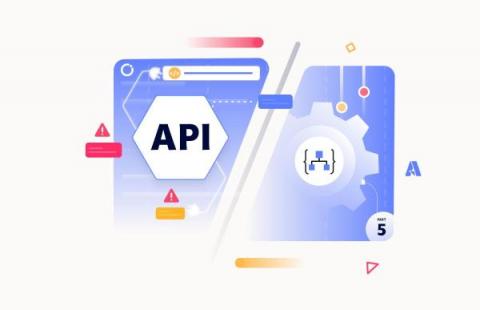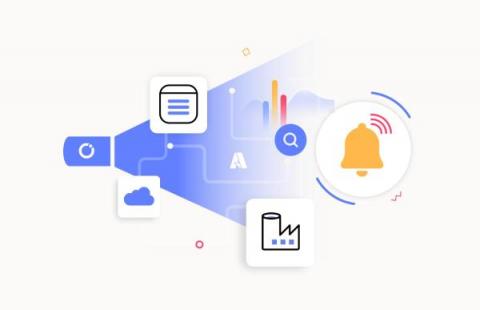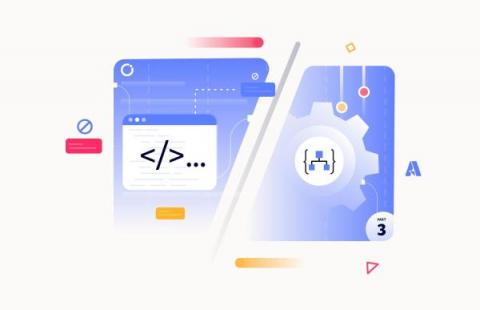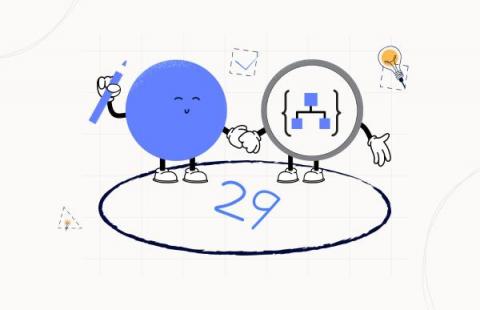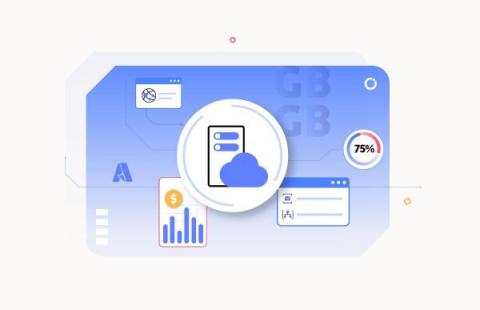Logic App Best Practices, Tips, and Tricks: #31 Specifying JSON Schema elements nullable
Today I will speak about another Best practice, Tips, and Tricks that you must consider while designing your business processes (Logic Apps): Specifying JSON Schema elements nullable.




